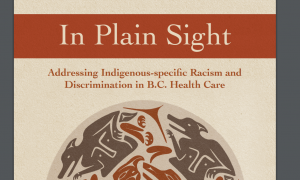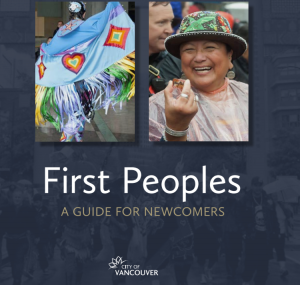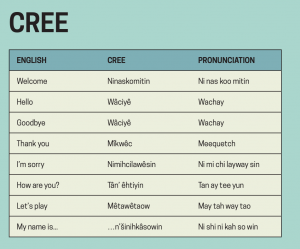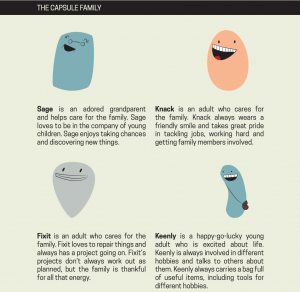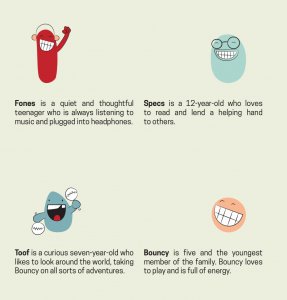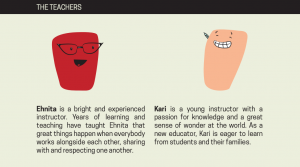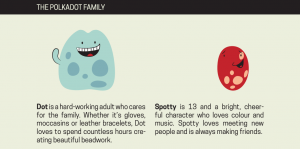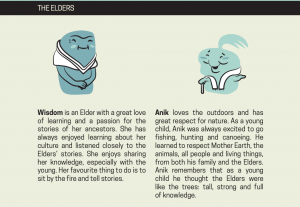This is the second story (or might have been the first one, I can’t remember) that sparked my interest in learning more about discrimination and racism in health care and how this happens. While I’m not an emergency room nurse, and never have been, I still find it disheartening that this still happens in today’s world. It’s disgusting and discouraging. It wasn’t even a health care professional that discovered this man dead in the waiting room chairs, it was a visitor.
His death was so easily preventable, if only someone had actually assessed him or even spoken to him to find out why he was there, instead of just making erroneous assumptions.
It is especially discouraging to hear that this happened in an area that services a large population of Indigenous people. Is this assumption so ingrained in our system that this can happen, and continues to happen? Unfortunately, this is a story that continues to happen even today.
Geary, A. (2017, September 18). Ignored to death: Brian Sinclair’s death caused by racism, inquest inadequate, group says. CBC News. https://www.cbc.ca/news/canada/manitoba/winnipeg-brian-sinclair-report-1.4295996
https://www.cbc.ca/news/canada/manitoba/winnipeg-brian-sinclair-report-1.4295996
